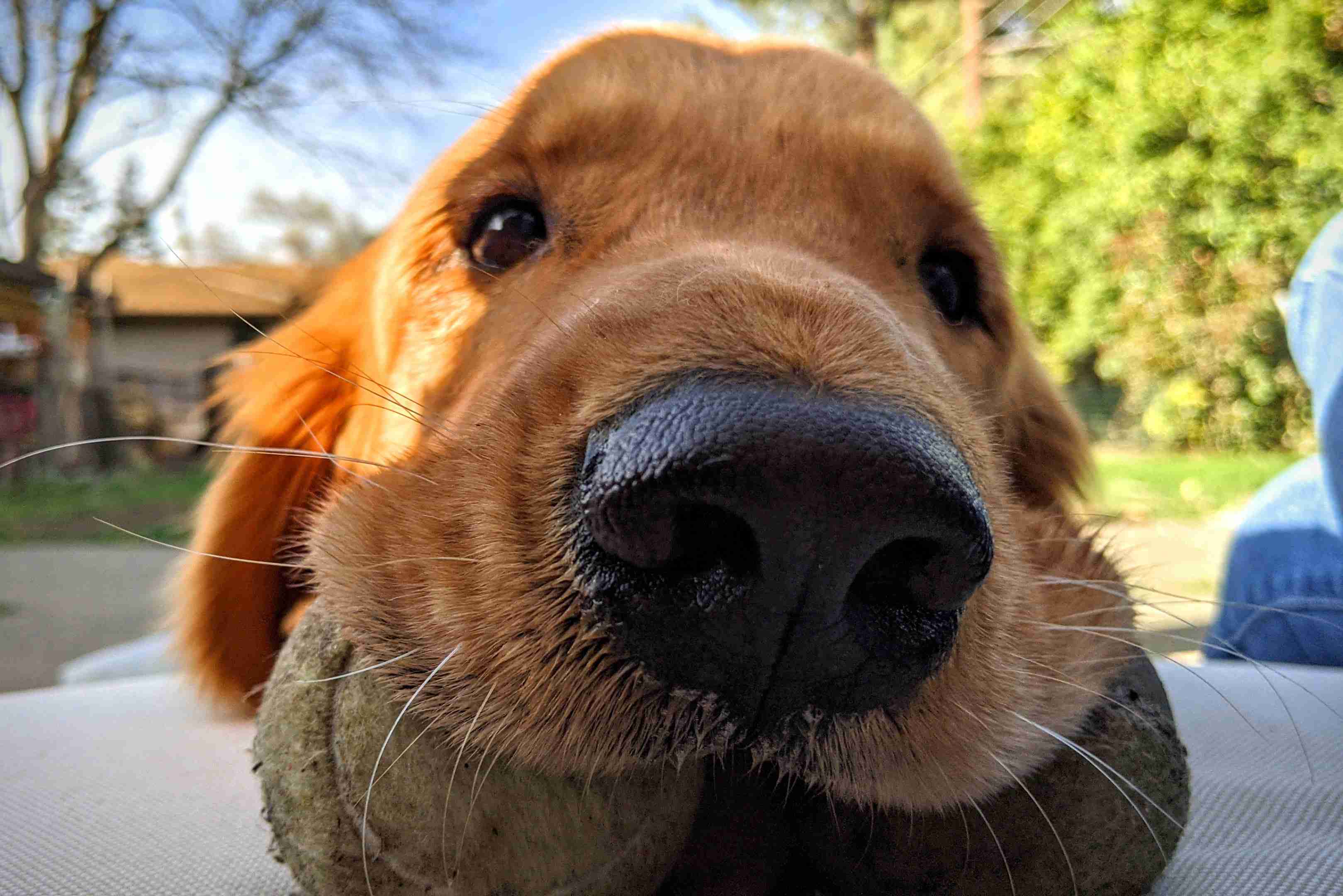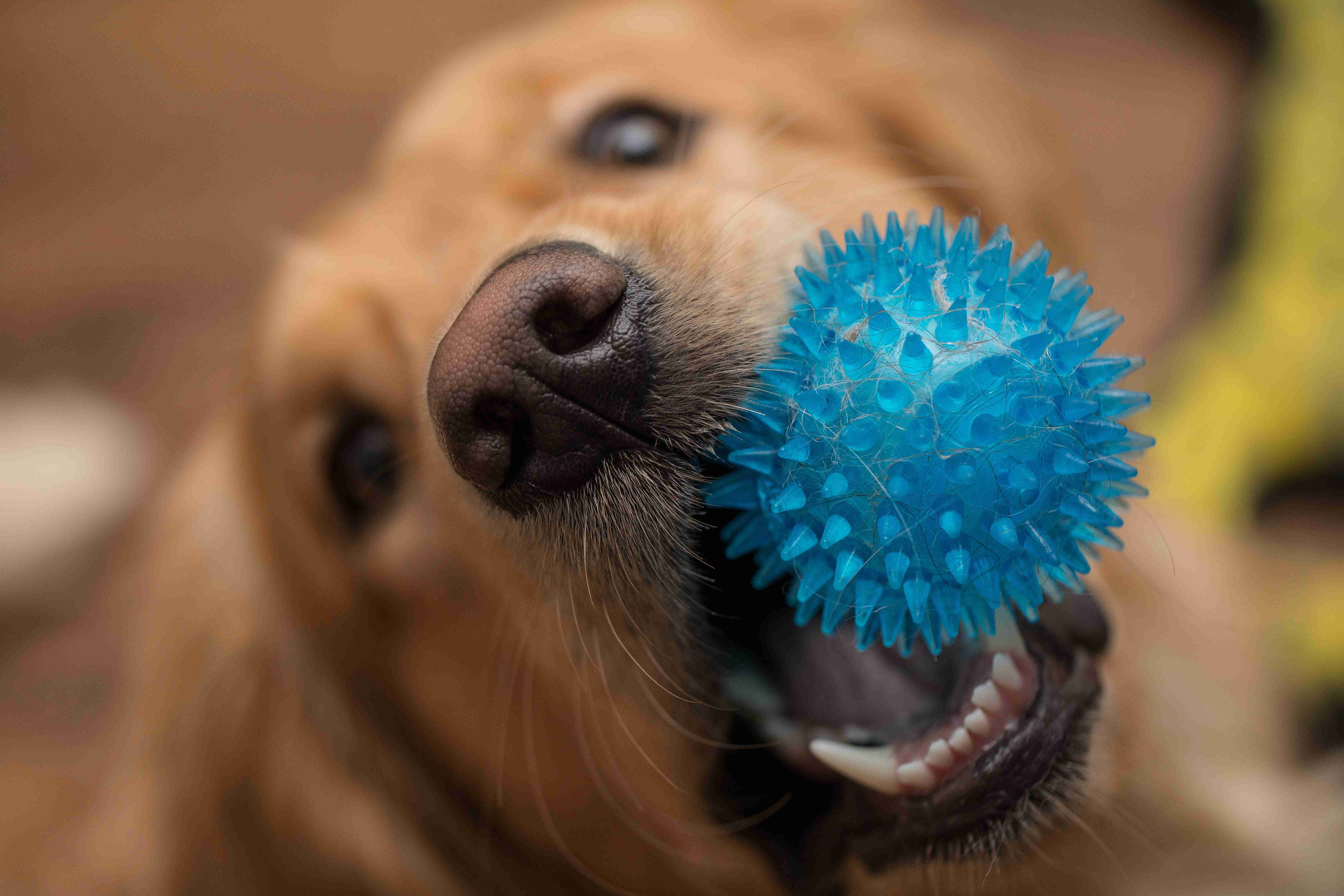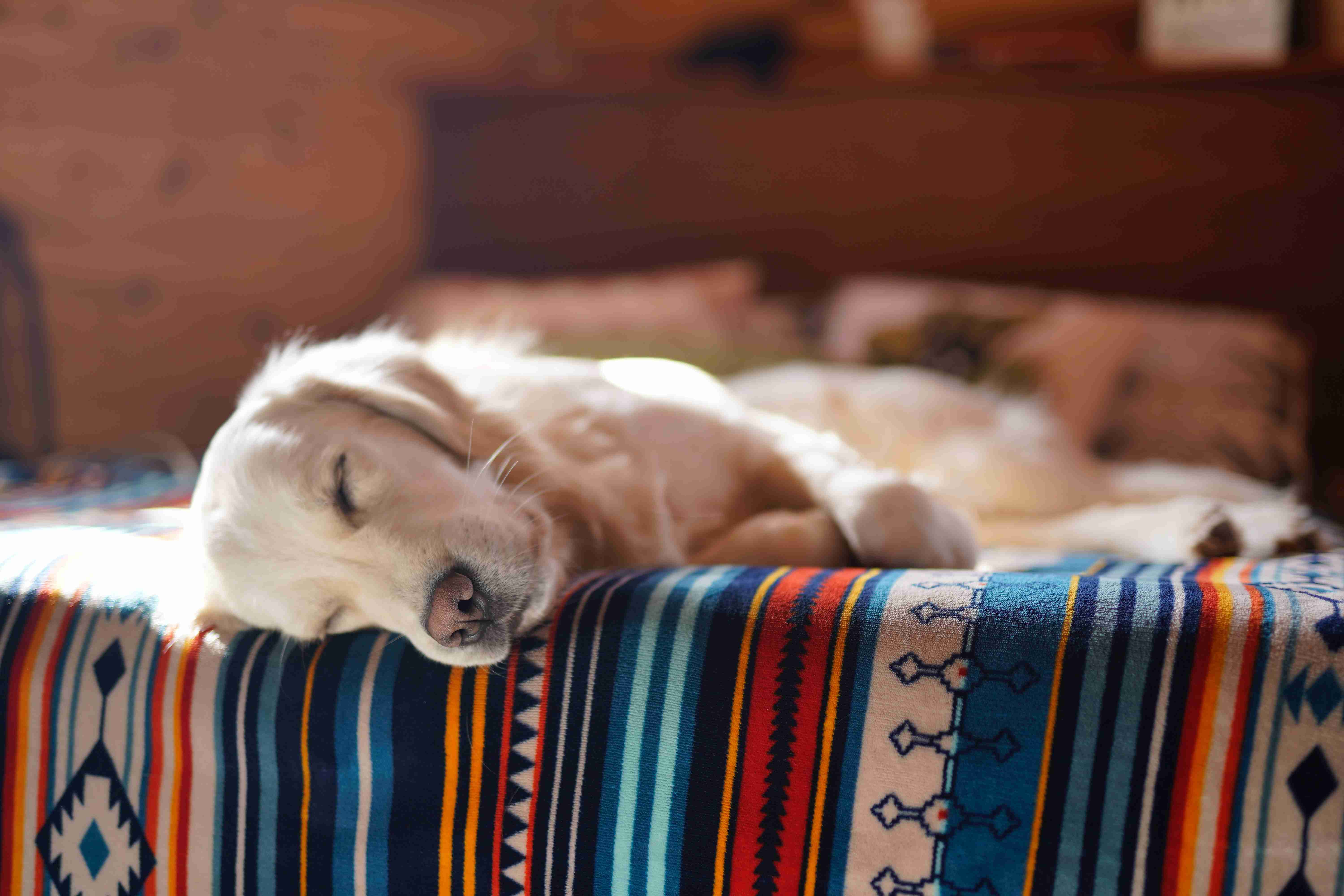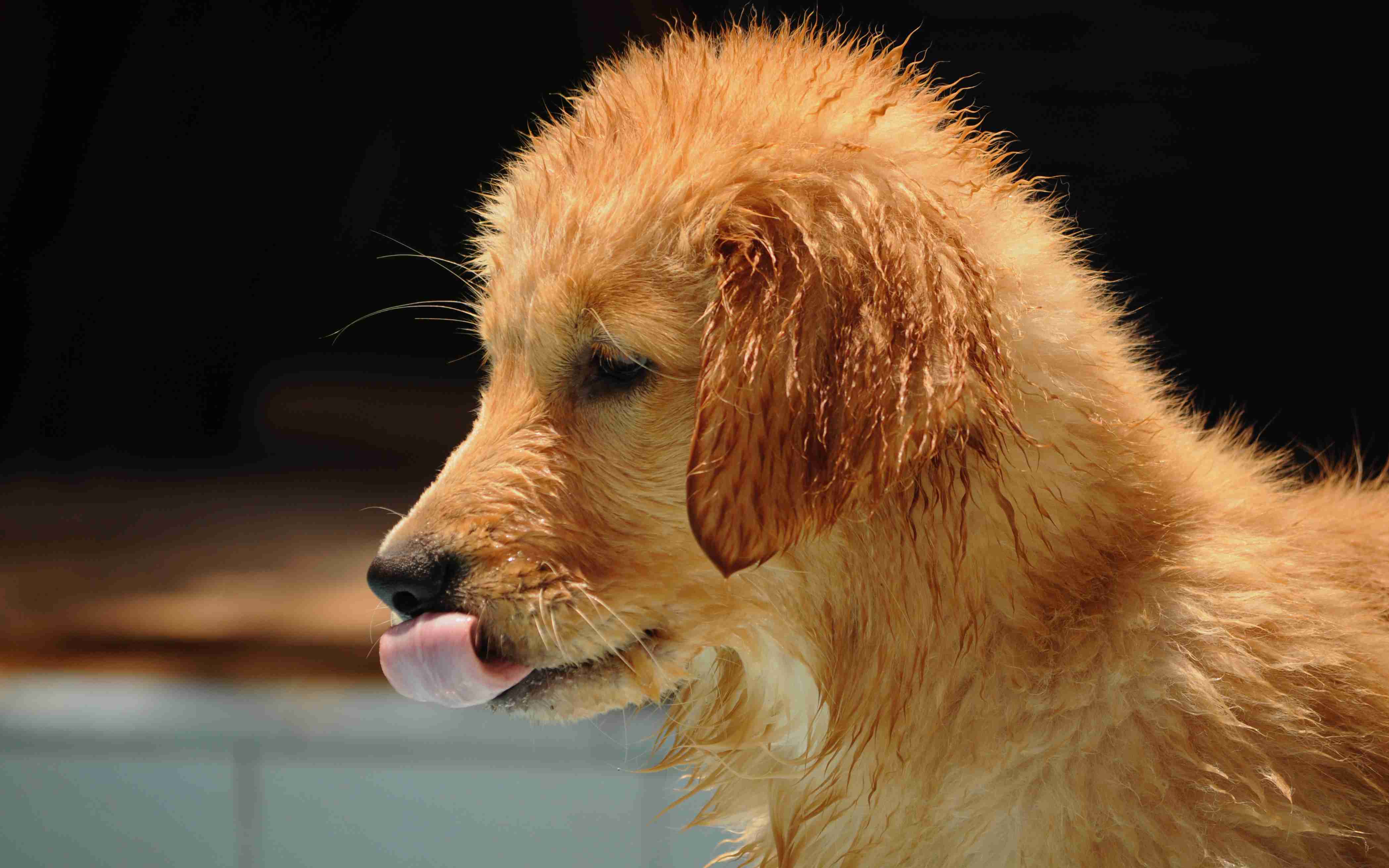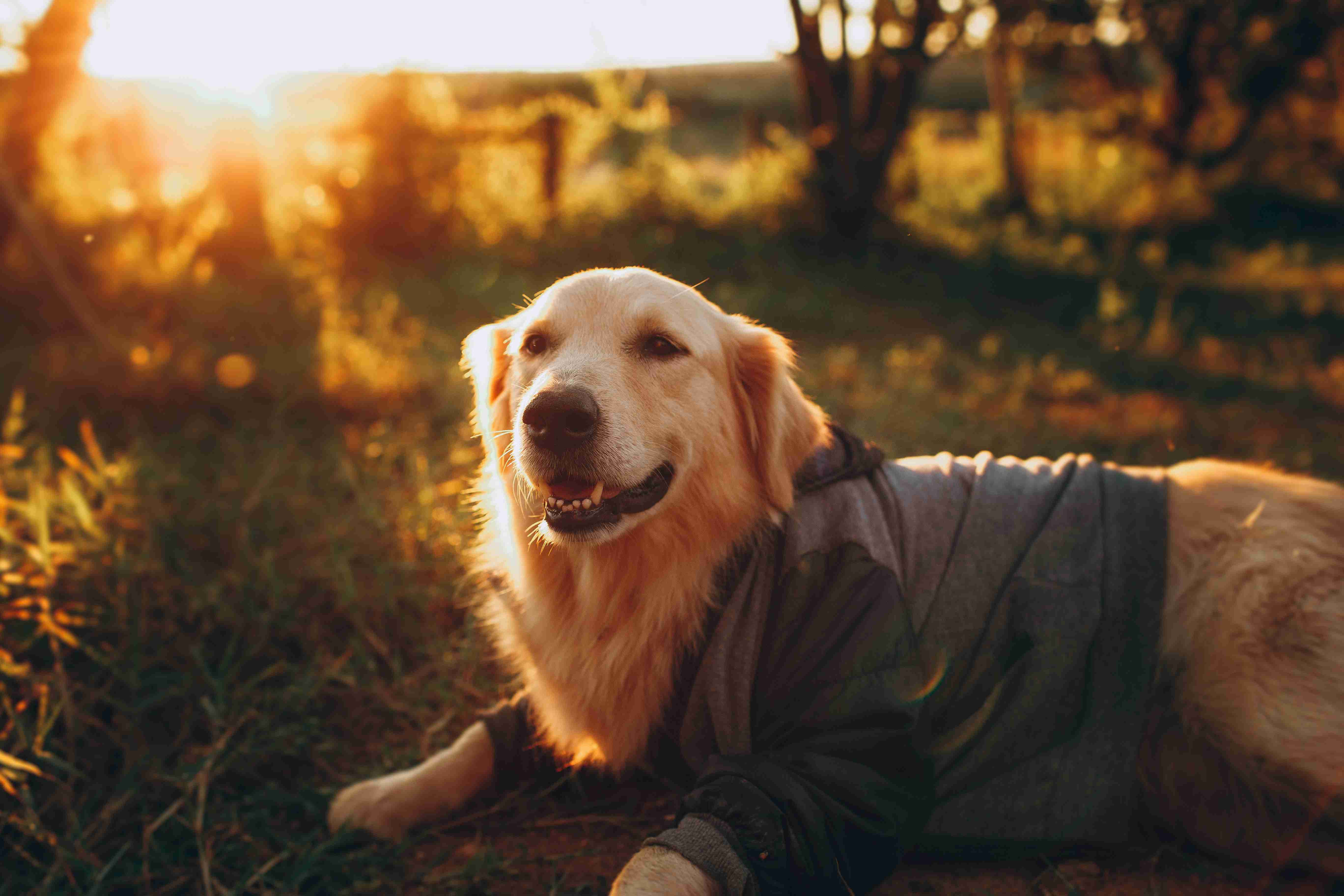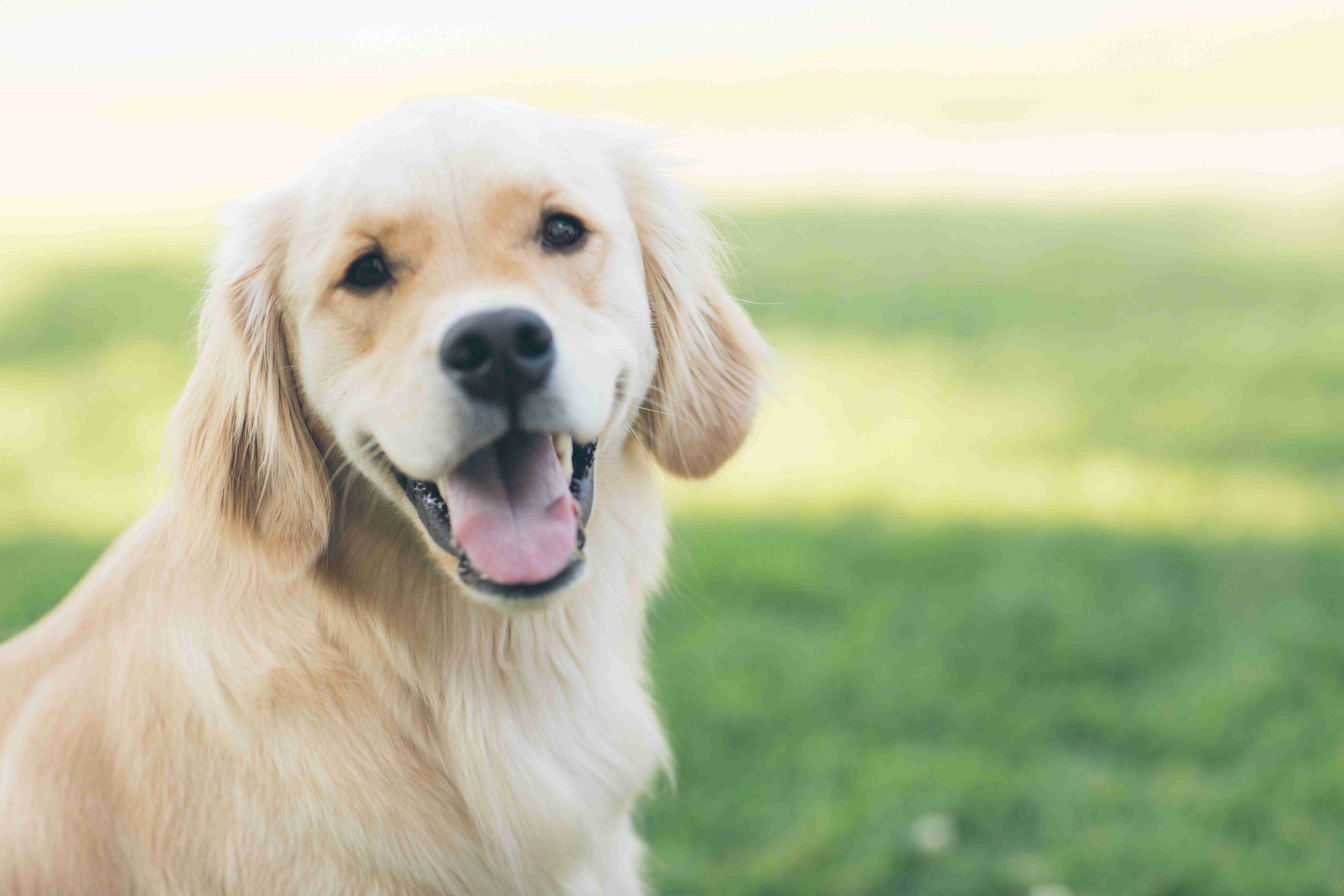Golden Retrievers are one of the most beloved dog breeds around the world, but unfortunately, they are prone to certain health issues. One such problem is patellar luxation, which is a condition that affects the kneecaps of dogs, including Golden Retrievers. When a dog has patellar luxation, their kneecap dislocates from its normal position, causing discomfort, pain, and difficulty walking. However, the good news is that there are several best practices you can follow to prevent patellar luxation in Golden Retrievers. In this blog post, we will discuss these practices in detail so that you can keep your furry friend healthy and happy.
Patellar luxation is a common condition in dogs, especially certain breeds like Golden Retrievers. It occurs when the patella or kneecap slips out of its normal position, causing pain, limping, and other mobility issues. Fortunately, there are several best practices that can help prevent patellar luxation in Golden Retrievers, ensuring they live a healthy and active lifestyle.
1. Maintain a Healthy Weight
One of the most important things you can do to prevent patellar luxation in Golden Retrievers is to maintain a healthy weight. Excess weight can put undue stress on the joints, making it more likely for luxation to occur. Make sure to feed your dog a balanced diet and provide plenty of exercise to keep their weight in check.
2. Regular Exercise
Regular exercise is crucial for maintaining good joint health and preventing patellar luxation. However, it’s important to strike a balance between too much and too little exercise. Overexertion can lead to injury or exacerbate existing joint issues, while too little exercise can lead to weight gain and muscle weakness. Aim for moderate exercise, such as daily walks or supervised playtime, to keep your Golden Retriever healthy and active.
3. Strengthening Exercises
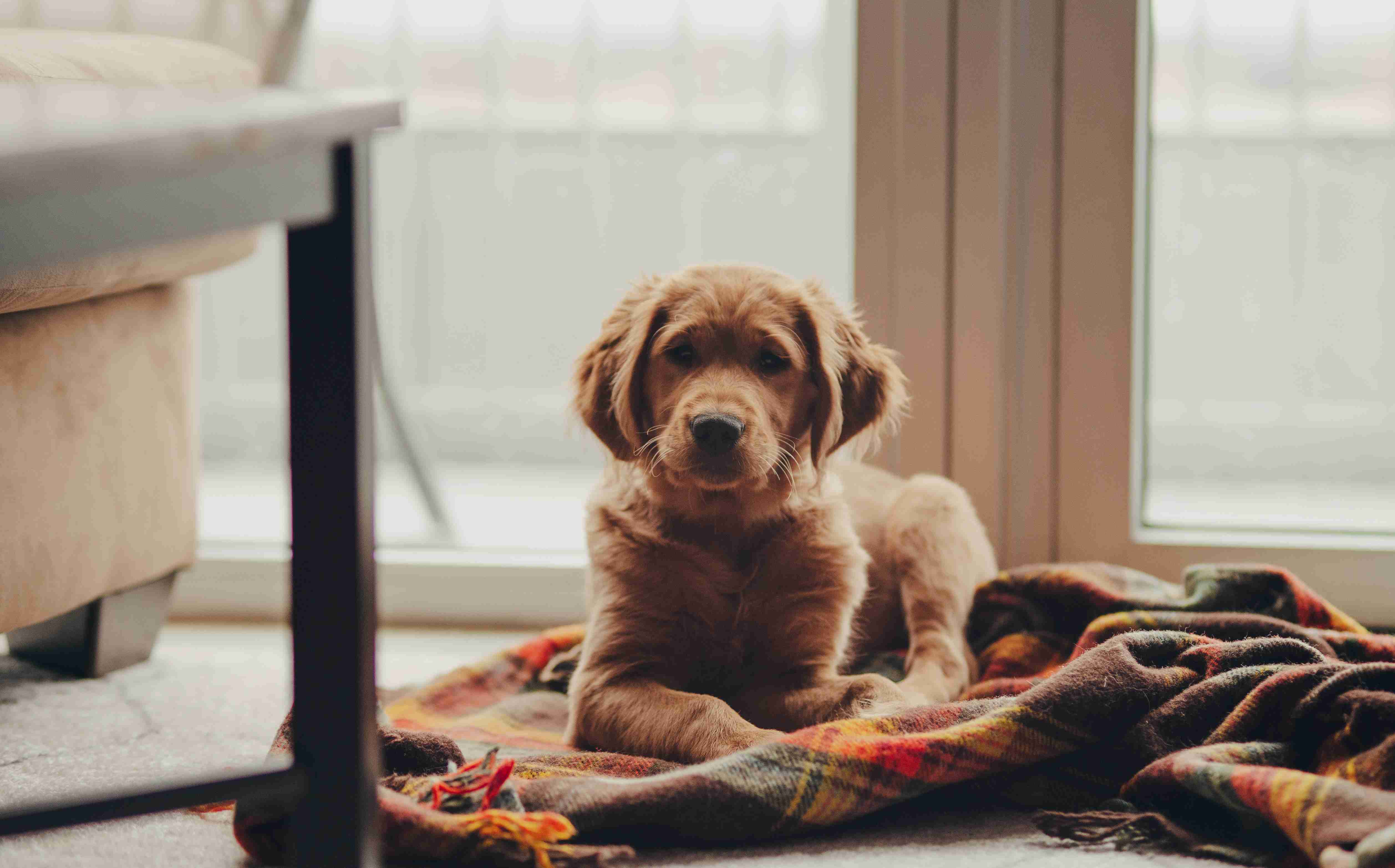
In addition to regular exercise, strengthening exercises can also help prevent patellar luxation in Golden Retrievers. Exercises that target the muscles and ligaments surrounding the knee joint, such as sit-to-stand exercises or balance training, can help improve joint stability and reduce the risk of luxation.
4. Regular Vet Checkups
Regular vet checkups are important for catching any potential joint issues early on. Your vet can perform a physical exam and assess your dog’s gait and joint health. They may also recommend x-rays or other diagnostic tests to check for any underlying issues.
5. Joint Supplements
Joint supplements, such as glucosamine and chondroitin, can also help prevent patellar luxation in Golden Retrievers. These supplements can help improve joint mobility and reduce inflammation, making it less likely for the patella to slip out of place. Talk to your vet about whether joint supplements are a good option for your dog.
By following these best practices, you can help prevent patellar luxation in your Golden Retriever and ensure they live a healthy and active lifestyle. If you notice any signs of joint pain or mobility issues, be sure to contact your vet right away to get the proper diagnosis and treatment.
Golden Retrievers are friendly, active, and loyal companions, but they are also prone to patellar luxation. By following the best practices for preventing this condition, you can help ensure that your furry friend leads a healthy and happy life. Remember to keep your Golden Retriever at a healthy weight, provide regular exercise, and schedule regular check-ups with your veterinarian. With proper care and attention, you can help your Golden Retriever avoid the pain and discomfort of patellar luxation and enjoy a long and active life by your side.



